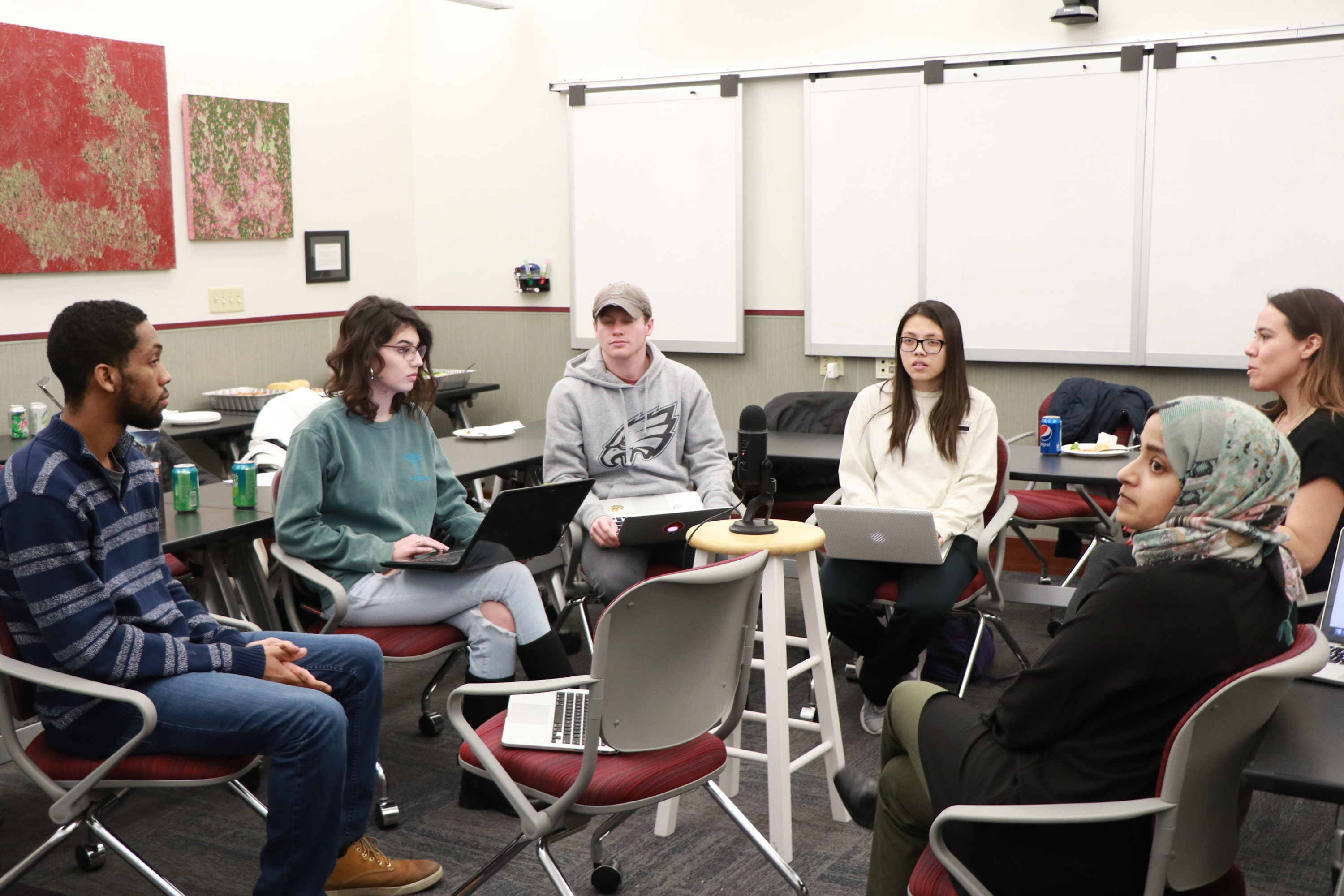Experiential Learning at UD

I Interviewed Over 20 Faculty About EL and Here’s What They Had to Say.
By Karen Velasquez, Director of Experiential Learning
As an educational anthropologist, I am interested in how people make sense of their work, their everyday practices in the classroom, and their views and beliefs around education. As Director of Experiential Learning, I am particularly interested in and fascinated in understanding how and why educators create innovative and diverse learning opportunities for students.
At the University of Dayton, there are dozens of faculty who do experiential learning (EL) with students in their courses and programs. What motivates faculty to spend extra time and effort incorporating EL into their teaching practices? What are the benefits they have identified over the years and what challenges have they encountered? Are there any commonalities and shared characteristics among faculty who do EL at UD? How can my office, and UD more generally, support their efforts to continue advancing high-impact, quality EL for students? These were some of the questions I asked more than 20 faculty during in-depth interviews which often lasted an hour or more.
Why do EL? According to the faculty I interviewed, it has multiple benefits: “flexible skill set,” “a sense of responsibility,” “a way of giving back [to communities],” “trains students for the real world,” illustrates the relevance of course material to show students it’s “not just abstract...they can see its application and importance in a local setting,” it “engages bodies and senses improving learning experiences.” These were just a few of the reported advantages of doing EL.
Challenges were also reported; it’s not always easy doing EL because you have to be prepared for the unexpected, and let go of some control of the class to allow for students to learn by doing and experimenting in their own ways. According to faculty, doing EL can be challenging because students want and demand structure in their education experiences, and they feel they sometimes need to convince students of the relevance of the EL activities. Other challenges included finding resources to get students outside of the classroom and remaining flexible and open to change, given the structure of courses, limited class-time, and the content they would like to get across to students.
In addition to learning about the these benefits and challenges of doing EL, I also discovered there were many common characteristics among EL Practitioners at UD (faculty and staff who do EL). I’ve listed some of the main ones below:
Some Commonalities Found Among EL Practitioners at UD:
- Frequently experiment with their teaching and pedagogy; they’re flexible, adaptable, and willing to experiment with different techniques and technologies,
- Concerned with making their courses and labs engaging, interesting, and relevant
- Take advantage of opportunities to present work, participate in cohorted programs, fellowship and grant opportunities that will allow them to expand and evolve as educators
- Often incorporate EL into courses in multiple different ways, simultaneously; each course may have a different EL component and they may also run projects, programs, outside of their courses (mentoring research, advising student organizations, etc.)
- Feel a frequent desire do more, try new things, start new projects, establish new collaborations
- Many connect their classes with others across disciplines and have students from different majors work together
- They’re willing to admit that they aren’t always the expert- they are still learners themselves
- They are willing to let students take control of their education; comfortable with letting go of control and allowing the unexpected to happen
Overall, it is evident that doing EL has numerous benefits for student learning but also comes along with challenges that faculty and staff learn to navigate over time. It also requires a great deal of commitment and time to design and implement, which should be appreciated and acknowledged appropriately. The faculty I interviewed are highly invested in developing quality learning experiences for students, and as a result, they provide important mentorship for students. This mentorship and dedication to learning and teaching has long lasting positive impacts for students, well beyond graduation.
To view the full report of my interview findings, including faculty quotes on their experiences doing EL, click here>>.
